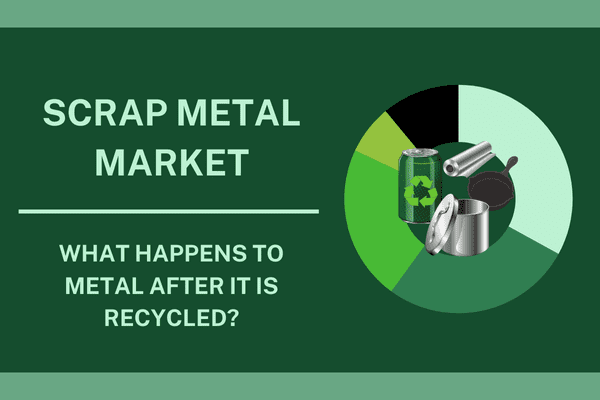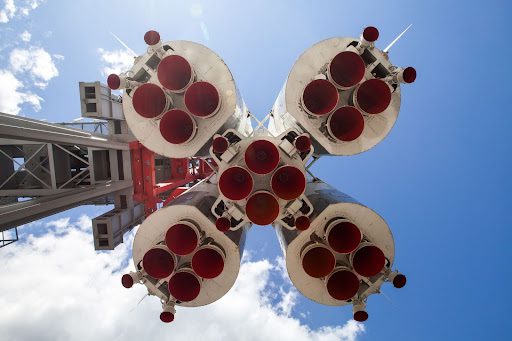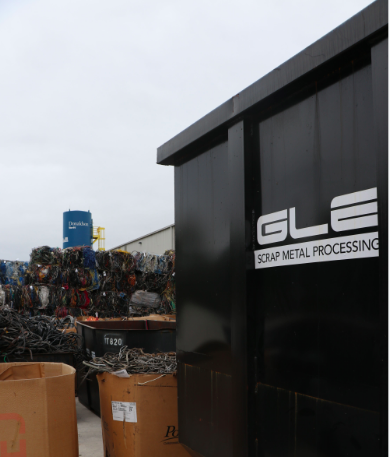
Scrap metal, often referred to as reject materials, are a huge component of production waste in manufacturing facilities. Thankfully, the rise of lean manufacturing has inspired an upward trend of recycling manufacturing waste like reject materials. So, how can manufacturing waste management help your industry?
When encouraged in the workforce, effective manufacturing waste management protocols can:
- Build a circular economy of high-grade metals
- Drive down the price of metals overall
- Maintain a healthy planet
- Help your facility stay lean and green
Are you wondering how to reduce waste in manufacturing? It’s easier than you think! Here are our top 5 tips to reduce production waste in your manufacturing facility. Let’s get started.
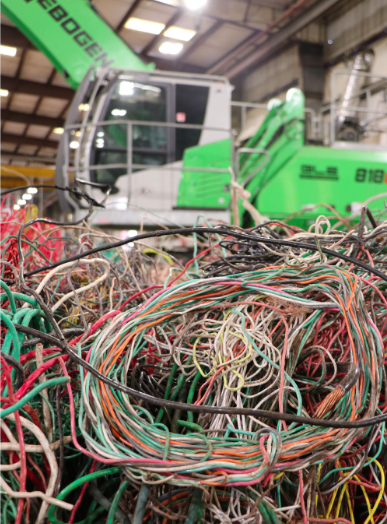
1. Decide to Make the Change
First and foremost, determine WHY you want to recycle production waste, HOW manufacturing waste management will positively affect your business, and WHEN you are going to make the change.
For starters, not only will recycling manufacturing materials transform your establishment into a green facility, but you may even drive down the cost of high-grade metals and promote an environmentally-friendly workplace.
By outlining the purpose of recycling manufacturing waste, you and your staff will be encouraged to take action and it will be easier to implement a lasting change.
2. Make a Production Waste Plan
Now, it’s time to make a plan. First, we suggest you write a Manufacturing Waste Management mission statement equipped with coherent objectives and reachable goals. Make it as specific to your facility as possible.
Next, do your research. To get started, answer the following questions:
- What kind of materials do you plan to recycle?
- How often will you have to empty collection bins?
- Who is going to pick up your recyclables?
Along with these questions, be sure to investigate weekly trends of production waste flow in your facility.
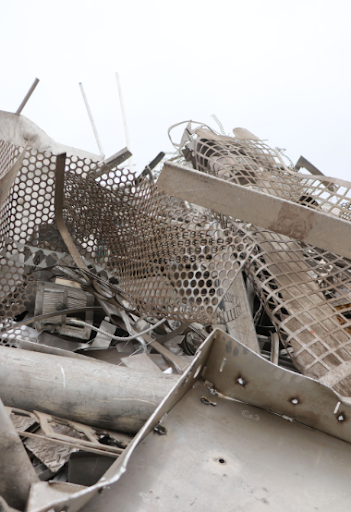
Manage Raw Material Stock
In your master plan, you should also take note of your current raw material inventory. Why? Because you can easily control the amount of materials, both hazardous and non-hazardous, that you have resting in your facility by simply managing the inventory. Here’s how.
First, check your stock and take a closer look at the excess raw materials your facility has in inventory. Next, ask yourself, “how much of this material do I actually need at any given time?” Once you have the answer to this question, then you can finally make a realistic production waste plan that will reduce scrap and save you money.
Now that you have a plan, let’s move on to the next tip.
3. Inform Your Employees
This tip is a given: always notify your staff before you implement waste management updates.
Post notices on your website, social media platforms, bulletin boards, and other places your employees are most likely to see. Send emails explaining the new protocols and create a Recycling Guide pamphlet for both existing and new employees.
Give an Incentive
Recycling is a great way to encourage your staff to promote a clean Earth. Therefore, make the new changes fun and engaging for your employees. You can even give monetary incentives or create exciting games to inspire staff members to uphold recycling standards.
Once your employees are informed of the upcoming changes, it’s time to implement your manufacturing waste management plan. Keep reading to learn where to start.
4. Simplify the Process

If you are wondering how to reduce production waste in the easiest way possible, then this is it: place collection bins in the RIGHT location. So, how do you determine the perfect spot for your recycle bins?
First, locate where most of the recyclable materials are coming from in your facility. Then, put the bins in an area where it will not cause unnecessary distractions or block the natural workflow of your staff.
Patience is key and trial and error is OKAY. Ask employees for feedback and keep trying until you find the perfect solution for your team.
Label Collection Bins
Another way to simplify the process is to streamline your collection procedures. First, label your recycling bins with the type of material that should go in them. Make sure the labels are big, bold, and easy to read.
For workers whose second language is English, provide pictures of the materials that are meant to go in the bin. You can even color code material-specific bins to make the process even easier.
As you can see, recycling manufacturing waste is straightforward and trouble-free. Once you start collecting your production waste, you need to know how to dispose of it properly. In this final step, we will discuss who to contact to remove your high-grade metals.

5. GLE Scrap Will Collect Your Production Waste
Before you can truly join the lean manufacturing trend, you need to know who to call to transport your recycled materials. At GLE Scrap Metal, we can make your production waste management process as effortless as possible.
Our team of scrap metal experts offers custom manufacturing waste solutions and on-site pick up. We follow strict recycling procedures to ensure all of your materials are processed in a safe and environmentally conscious manner.

